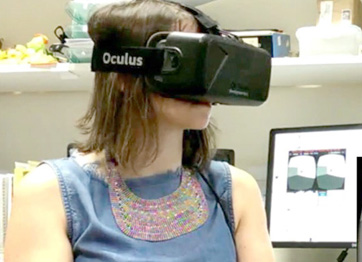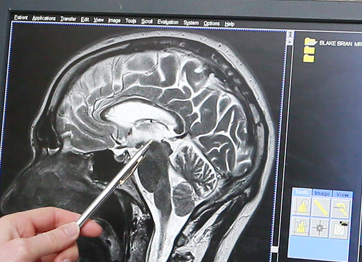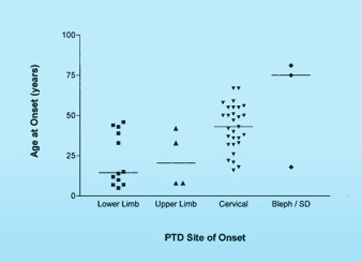
Temporal Discrimination Threshold
- Is the temporal discrimination threshold (TDT) a reliable endophenotype for cervical and other forms of, dystonia?
- Does the mode of delivering the TDT (sequentially or other) affect outcome?
- Could TDT scores be sensitive to hormonal changes?
TDT Downloads:
– Headset & Controller
– Table Top Presentation Files
– Data Analysis
We are interested in determining the shortest time interval between two sequential stimuli that enables the observer to perceive the stimuli as occurring at separate times (as opposed to together). This minimum time interval, measured in milliseconds, marks a threshold. If the interval is any longer than this threshold, i.e. the stimuli are further apart, then the stimuli will be clearly distinct to the observer. Whereas if it is shorter, in other words the stimuli are occurring closer together, then they will be perceived as occurring simultaneously. We refer to this threshold as the temporal discrimination threshold (TDT).
Temporal discrimination is abnormal in basal-ganglia disorders, including adult onset isolated focal dystonia. Our results have shown that the temporal discrimination threshold (TDT), is significantly longer (slower) in individuals with dystonia (89% of those studied, n=76) relative to age-matched controls. Interestingly, it has also been shown to be abnormally slow in 48% relatives (n=82), who themselves do not present with any phenotype of cervical dystonia. It is proposed that the TDT is a reliable and selective endophenotype for cervical dystonia.

Asynchronous stimuli
Other research topics:
Follow the links below to find out more about each of our other research topics.





